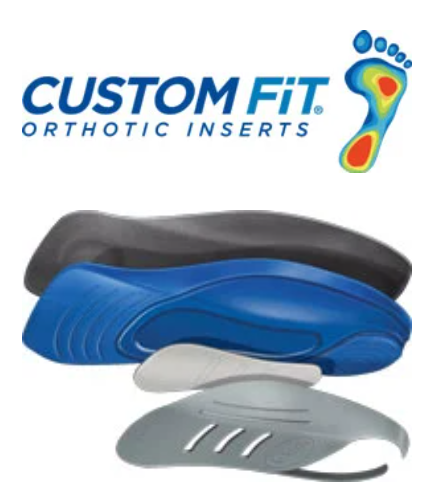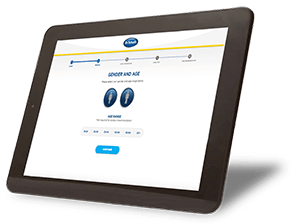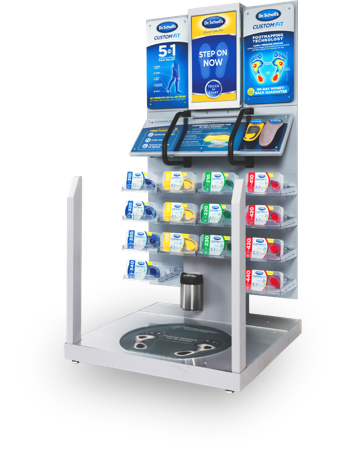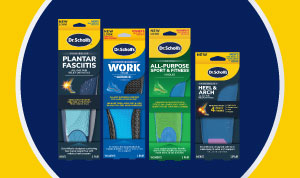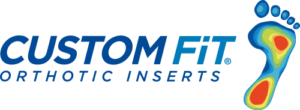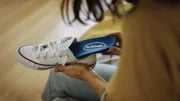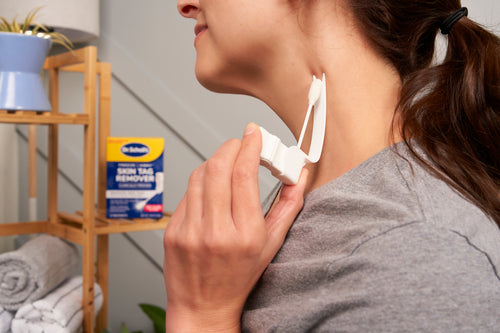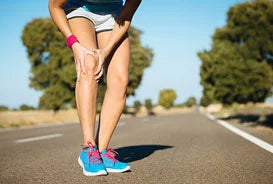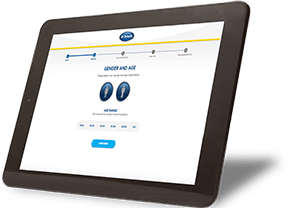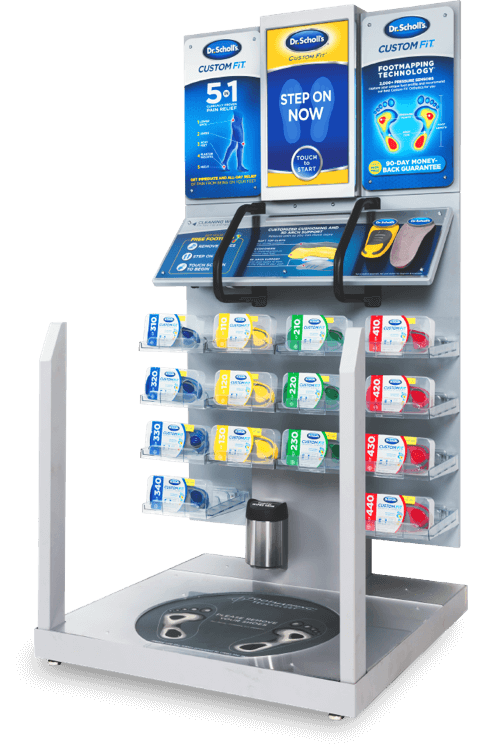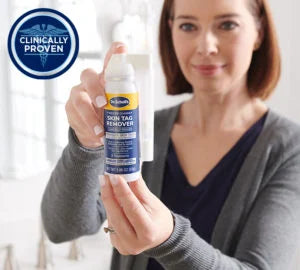Blisters are round, fluid-filled bubbles that form between layers of skin. Blisters may consist of clear fluid, or they may contain blood. They can be painful and sore to the touch, especially when pressure is applied. They may also be red, irritated and itchy.
Although blisters can occur anywhere on the body, they’re most common on the hands and feet. Foot blisters can be especially problematic because the feet often withstand a great deal of pressure throughout the day.

